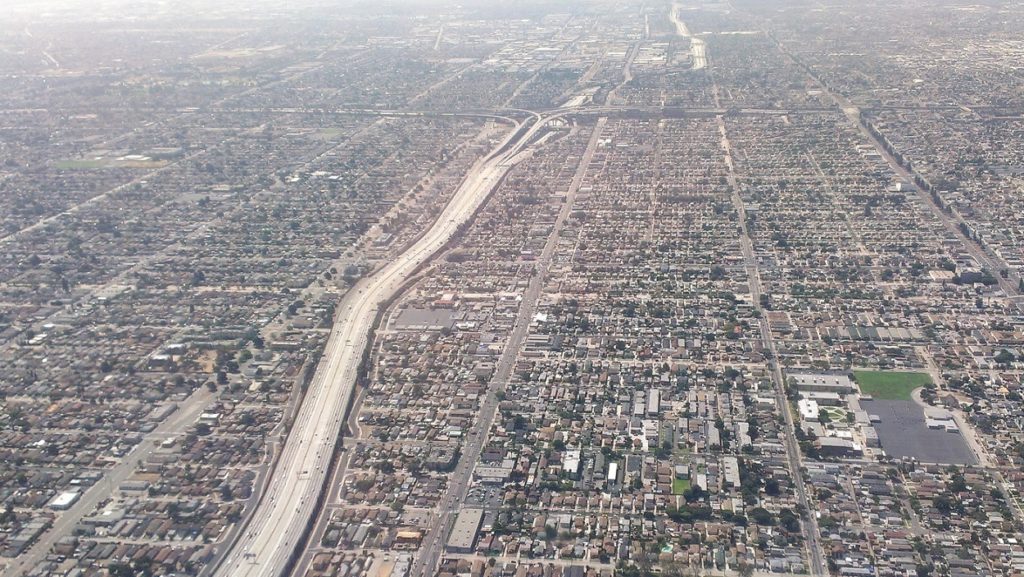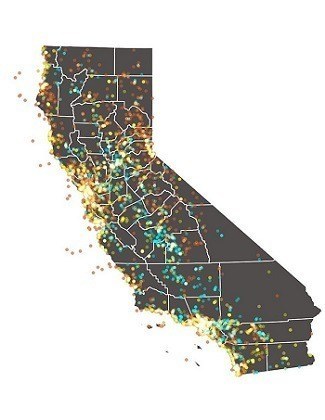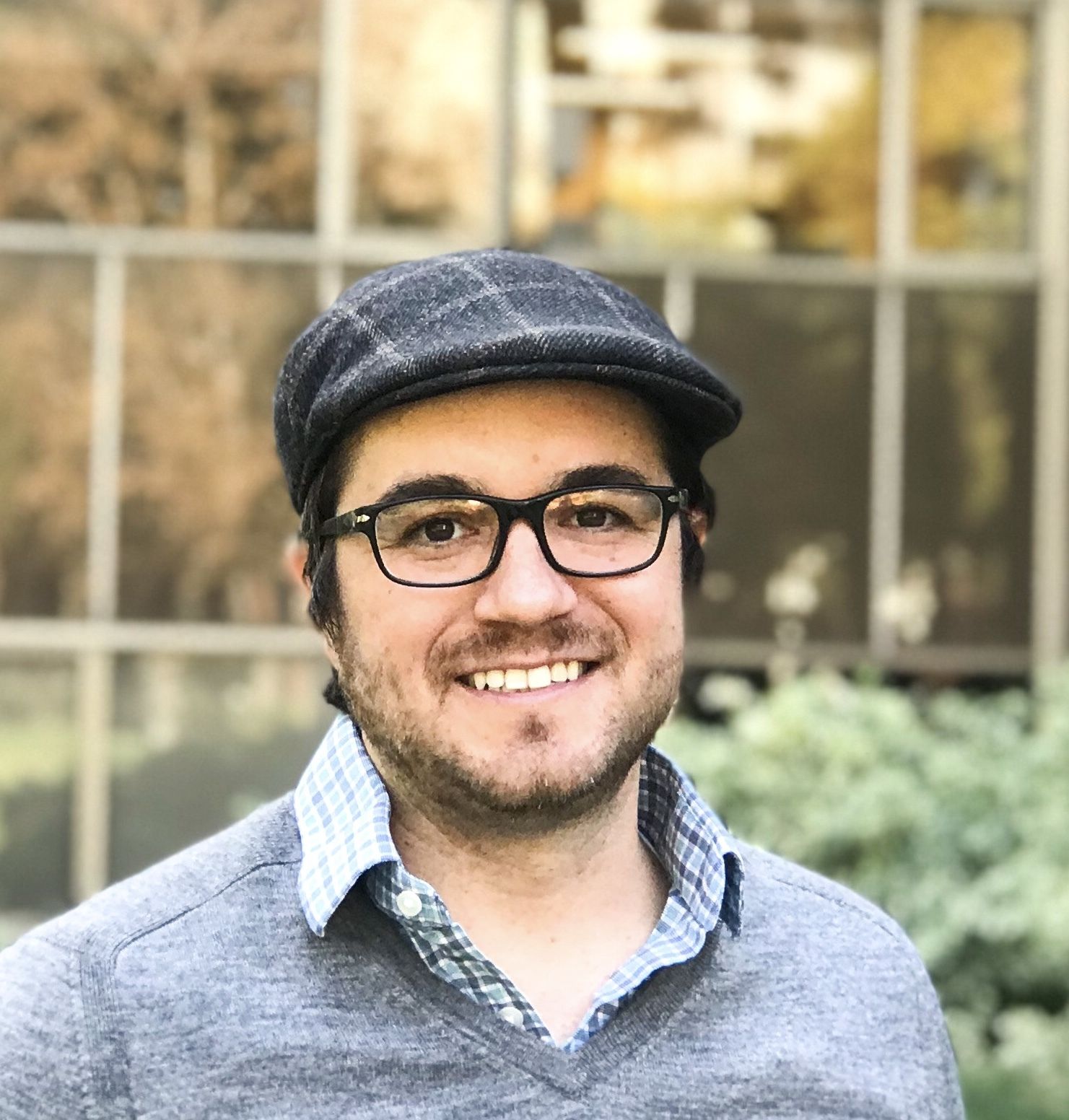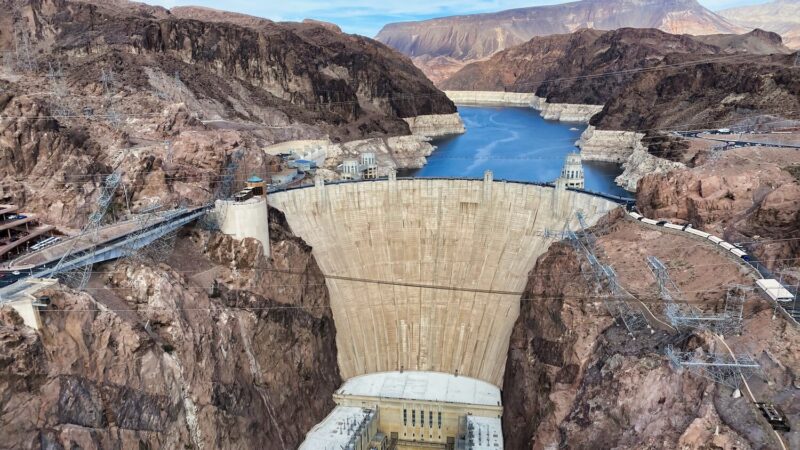
California’s urban residents have been left behind by 2006 parks measure
Ten years later, most of that money has been spent. But although the measure prioritized funding for urban, disadvantaged and park-poor communities, residents in those places have seen less than…
In 2006, California voters approved Proposition 84, a ballot measure that directed $5.4 billion to build parks, protect natural resources and improve the state’s water quality and supply.
Ten years later, most of that money has been spent. But although the measure prioritized funding for urban, disadvantaged and park-poor communities, residents in those places have seen less than their fair share of the benefits.
A policy report published today by UCLA’s Institute of the Environment and Sustainability finds that Prop 84 failed to achieve its objectives because parts of it were too vague.
The study’s author, Jon Christensen, a member of the institute, is presenting the findings to legislators in Sacramento today. His recommendations will be aimed at ensuring that future ballot measures and legislation do a better job of creating green space for underserved communities.
“The people of California said local parks and urban greening are important, and they voted for that,” Christensen said. “We’re headed in the right direction. But we can do much better at being clear about these priorities and creating methods to fund projects that achieve our goals.”
Christensen and his collaborators on the study — Peter Kareiva, the director of the institute, and Ian Davies, a staff researcher there — looked systematically at the projects Prop 84 funded, focusing on the $2 billion that was granted to 2,174 projects with identifiable local benefits. To determine exactly what kinds of communities benefited, the researchers combined information from the state bond accountability website and the Office of Environmental Health Hazard Assessment with census data on population density and income.

Prop 84 wasn’t a total failure in its equitable goals. The study found that some parts of the law — those that explicitly spelled out criteria for choosing projects — actually had the desired effect. The Statewide Parks Act (PDF) was particularly successful.
“That section of the proposition worked very well in achieving the priorities that it set out: creating parks and other projects for park-poor, disadvantaged urban communities,” Christensen said.
Robert García is founding director and counsel of The City Project, a nonprofit civil rights and environmental justice team that helped shape the Statewide Parks Act. He said access to parks and recreation is a civil rights issue.
“We have long worked to broaden access to and support for healthy parks and recreation,” García said. “The UCLA study proves that standards to measure progress and equity work, and that they help hold public officials accountable. Families of color and low-income families need heathy places to play, breathe fresh air and enjoy beautiful birds, animals, grass and trees. And these families vote.”
The results of the study are no surprise to Belinda Faustinos, strategic advisor to San Gabriel Mountains Forever, an organization devoted to improving access to green spaces.
“The finding that urban communities do not receive their fair share of parks funding rings true,” she said. “When many of our cities are people-rich but park-poor, it’s clear that future park investments must be focused on fixing that imbalance.”
Christensen has long been interested in how people and communities relate to, and benefit from, the environment, and research has shown that people benefit in many ways when they have parks and nature in their neighborhoods.
“It’s good for their physical health, it’s good for their mental health, and it’s good for other environmental services like clean air and clean water,” he said.
The UCLA study recommends that the state use data to set more explicit criteria for environmental bond spending in the future, and that it improve the way it reports data on publicly funded projects. Better reporting would make it easier to determine how well laws like Prop 84 are meeting their goals.




